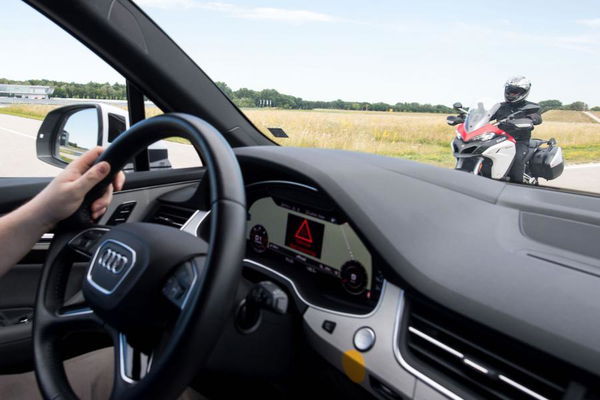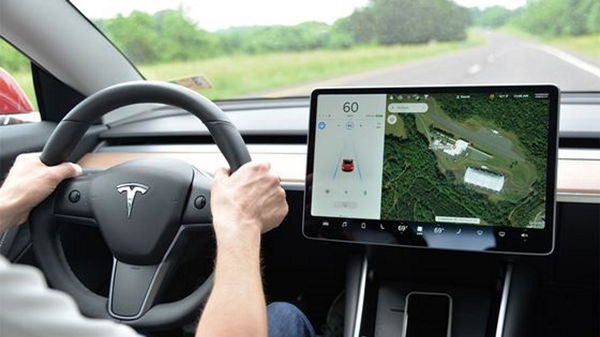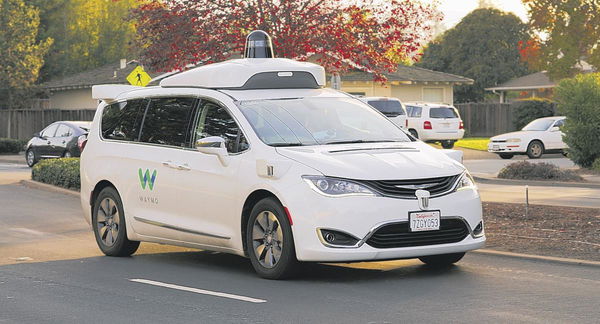Autonomous cars won’t prevent most accidents
An American study has found that autonomous cars will only prevent one-third of the most serious accidents

A study, carried out by the Institute for Highway Safety (IIHS), claims that the safety implications of autonomous and ‘self-driving’ cars might be smaller than first thought.
As many manufacturers and tech companies look to forge on with self-driving vehicles, the perceived benefits of the systems are widely being touted (by their makers) as a route to major change in the vehicle safety sector. One US institute though has found that the impact might be much less than they are claiming.
Driver mistakes have a part to play in almost all road traffic accidents, with driver distraction being a key factor in many of these events. Humans are easily distracted, especially in the technology-laden age that we live in. computers though are not distracted, they don’t doze off and they can (eventually) have better special awareness thanks to the advent of Lidar and 360° cameras.
Despite us knowing for some time that autonomous vehicles don’t see all road traffic (bikes in particular), it is widely thought that in years to come the systems will become better at spotting hazards than humans. But that will only help in certain situations that lead up to a crash. For the rest, there is no proof that an autonomous vehicle will be any better at avoiding a crash than a human.
In fact, the IIHS has found that an autonomous vehicle will only help to prevent around one-third of on-road accidents.
Jessica Cicchino, IIHS vice president said, “It’s likely that fully self-driving cars will eventually identify hazards better than people, but we found that this alone would not prevent the bulk of crashes,”
To compile the report, the IIHS looked at more than 5,000 police-reported crashes from the National Motor Vehicle Crash Causation Survey. The data includes crashes in which at least one vehicle was towed away, and emergency medical services were called to the scene.

Self-driving cars hazard perception factors
The IIHS team reviewed the case files and separated the driver-related factors that contributed to the crashes into five categories:
- “Sensing and perceiving” errors included things like driver distraction, impeded visibility and failing to recognize hazards before it was too late.
- “Predicting” errors occurred when drivers misjudged a gap in traffic, incorrectly estimated how fast another vehicle was going or made an incorrect assumption about what another road user was going to do.
- “Planning and deciding” errors included driving too fast or too slow for the road conditions, driving aggressively or leaving too little following distance from the vehicle ahead.
- “Execution and performance” errors included inadequate or incorrect evasive maneuvers, overcompensation and other mistakes in controlling the vehicle.
- “Incapacitation” involved impairment due to alcohol or drug use, medical problems or falling asleep at the wheel.
“Building self-driving cars that drive as well as people do is a big challenge in itself,” says IIHS Research Scientist Alexandra Mueller, “Our analysis shows that it will be crucial for designers to prioritize safety over rider preferences if autonomous vehicles are to live up to their promise to be safer than human drivers,” she continued.

So, while self-driving cars do represent an improvement factor in some areas, to truly rule out all crashes they need to improve in detecting hazards, prioritise safety over journey time, and ultimately increase in number. One of the main safety measures autonomous car makers are pinning their hopes on comes from a kind of herd immunity, where all cars on the road are autonomous and they can all connect and communicate with each other. Until then, humans behind the wheel will represent the biggest challenge to computer-controlled vehicles, and it seems it is not best placed to react as well as a human would in many circumstances.












